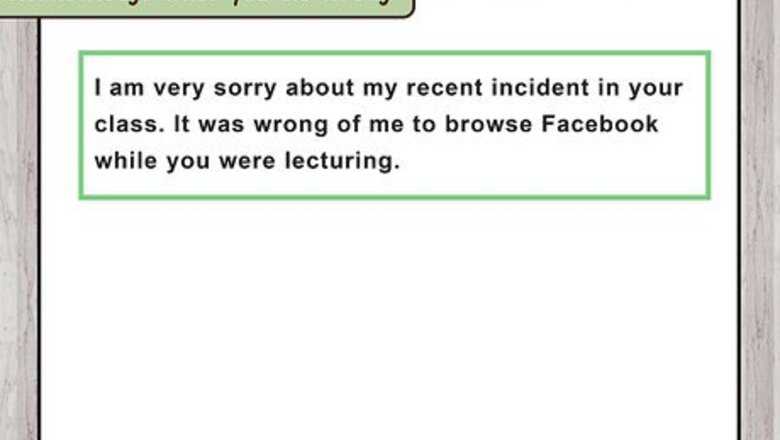
views
Forming Your Apology
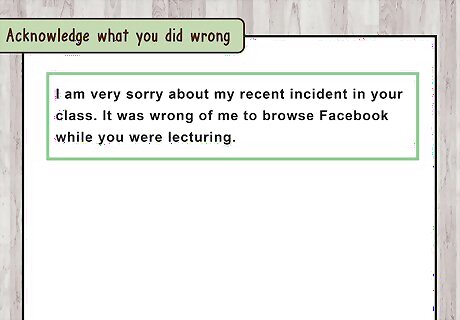
Acknowledge what you did wrong. Whether you made a mistake or forgot to do something you were supposed to do, state what you did and that you know it was wrong. Reflect on why what you did was wrong before you write out your apology. If you're having trouble understanding why what you did was wrong, talk to your parents, the principal, the counselor, or another teacher. It may also help to think about how your actions affected your classmates.
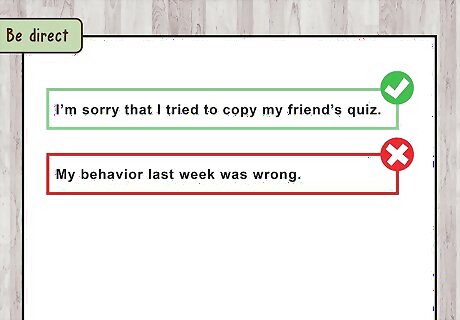
Be direct. Say exactly what you did and apologize. For example, say, “I’m sorry that I tried to copy my friend’s quiz,” rather than “My behavior last week was wrong.”
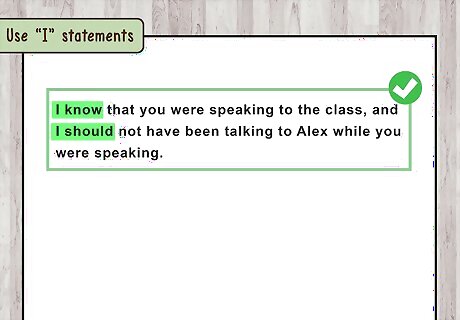
Use “I” statements. Don't try to figure out what your teacher is thinking or to put the focus back on them. When you apologize, focus on your actions and feelings. For example, say, “I know that you were speaking to the class, and I should not have been talking to Alex while you were speaking.”

Don't make excuses. It's tempting to minimize your blame or explain yourself with an excuse. Maybe there really is a great reason for why you acted the way you did, but bringing it up in your apology will only undermine your efforts because it shows the teacher that you don't feel totally at fault. If you feel like your behavior was caused by an outside factor, such as a new medication you are using, set up a time to talk to your teacher, either with or without your parents. At the meeting, explain your situation to your teacher, who will understand. This is a great option if you know that the medicine may cause the issue again. For example, if your medicine makes you drowsy, then your teacher needs to know that you may fall asleep.
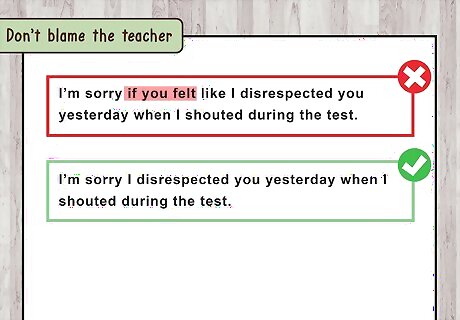
Don't blame the teacher. Blaming the teacher will only make the situation worse. When you put the blame on the other person in an apology, then it becomes about you, not about them. It also shows them that you don't think what you did was wrong because you think it's their fault. Blaming the teacher also includes saying something like “I’m sorry if you felt like I disrespected you yesterday when I shouted during the test.” Saying “if you felt” places blame on the other person for how they feel. It shows them that you don't think you did anything wrong but instead think they overreacted. A better way to say your apology would be like this: “I’m sorry I disrespected you yesterday when I shouted during the test.”
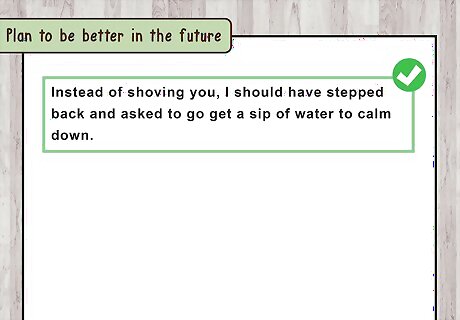
Plan to be better in the future. Now that you've realized that what you did was wrong, think of ways you can avoid that behavior in the future. How you plan to be better will depend on what you did. Think about what you could have done instead. If you were talking during class, then you could have been taking notes instead. If you got into a fight, you could have used your words or should have found an adult to help you resolve the issue. If you made a huge mistake, such as shoving a teacher, then you want to make it clear that you will never do it again. You could say, “Instead of shoving you, I should have stepped back and asked to go get a sip of water to calm down.”

Keep your promises. When you apologize and promise to do better, you need to make sure that you can follow through. It's tempting to say what you think the other person wants to hear, especially when you're in trouble, but if you can't keep your promise, then your apology will come under doubt. Don't promise your teacher that you'll never nod off in class again because that's a hard promise to keep. Instead, promise that you'll stop playing video games past your bedtime, you'll eat breakfast, and you'll keep your head up. These are all completely doable tasks. You don't have to “promise” anything. Instead, try saying, “From now on, I’ll raise my hand and wait for you to call on me when I want to speak in class.”

Tell your teacher what you learned. Briefly summarize your lesson to show your teacher that you've grown from the incident. If you're struggling to figure out what to write, think about why what you did was wrong, and that will help you figure out what you learned. You could say, “I learned that it’s rude to talk while the teacher is talking.”
Formatting Your Letter

Write your opening. “Dear Mr./Ms. (Name)” is a standard way to open any letter, but if your teacher has taught you something different, then use that. Choose the right salutation. When you open your letter, make sure that you address it to your teacher with the correct form of Mr./Mrs./Ms./Miss. Avoid being too informal, such as writing, “Hey Miss Smith!”

Thank your teacher. Begin your letter by showing your teacher that you value them. This will set a friendly tone for your letter and will show the teacher that you care. Write something like, “Thank you so much for always being there to help me with my work. I’m glad to have you as my teacher.” You could also say, “Thank you for planning such fun lessons for us. I know that you put a lot of time into helping us learn, and I’m glad I get to be in your class.”
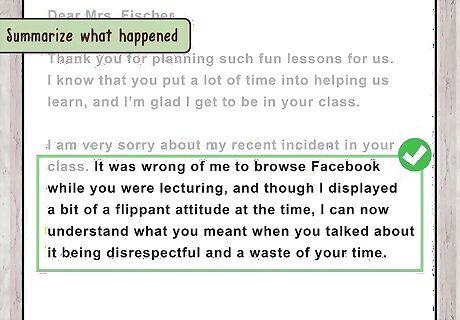
Summarize what happened. Describe what you did or didn't do so that your teacher knows what you're apologizing for. Be specific. For example, say “I’m sorry that I used an inappropriate word during class yesterday” instead of “I’m sorry about what I did in class.” Be concise in your explanation. Keep your summary of the events to no more than four sentences. Your teacher should be familiar with what happened.
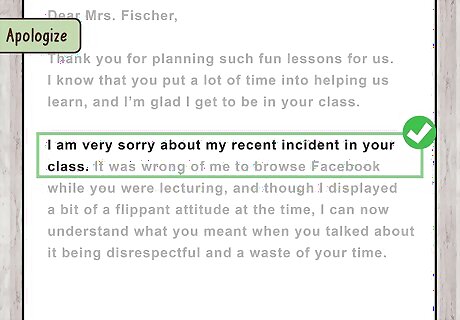
Apologize. You should explicitly use the words "I am sorry for..." or "I deeply apologize for..." to make it clear that you are admitting your errors and seeking their forgiveness. Tell your teacher that that you know that what you did was wrong, and that you will take steps to avoid repeating the same mistakes in the future.
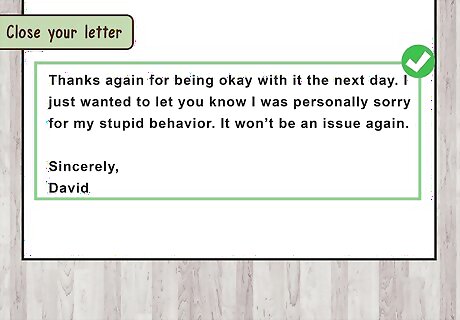
Close your letter. Write “Sincerely” or “Thank you,” and then sign your name.
Delivering Your Letter
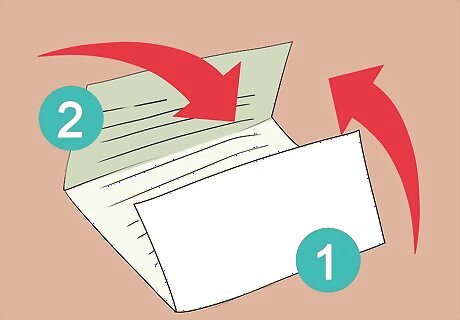
Fold your letter. How you fold your letter will depend on the size of your envelope. The most common way to fold a letter is to imagine the letter divided into thirds. Fold up the bottom third. Line up the edges and press down to create the fold. Now fold the top third of the page over to complete the fold. Your letter will look like a rectangle that is slightly smaller than a standard business envelope.

Put your letter in an envelope. Seal the envelope and write your teacher's name on the front.
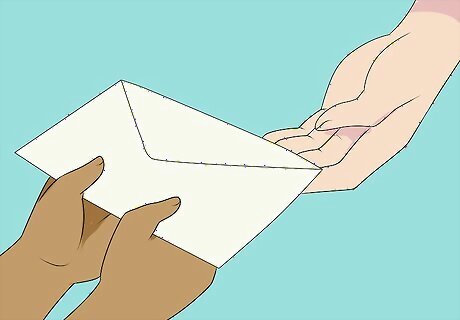
Give the letter to your teacher. When you next see your teacher, hand them your letter. Try to do it before or after school or the class period when you have them. Avoid raising your hand and doing it during class, which will likely cause a disruption. If you absolutely cannot face your teacher, then place it on their desk. Be prepared to explain the contents of your letter in person.




















Comments
0 comment